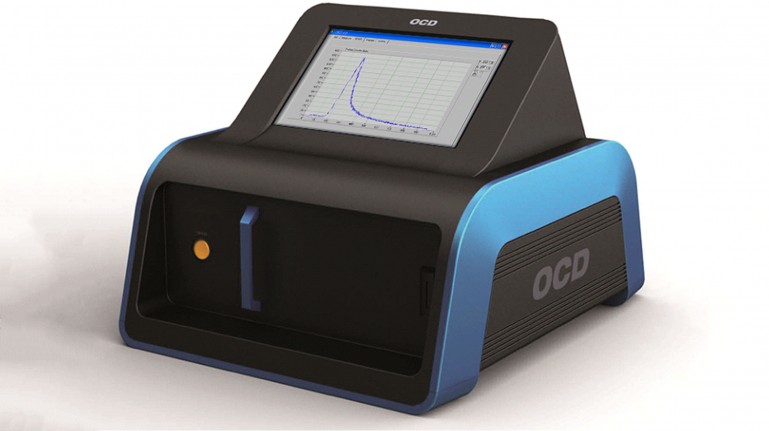The device works by directing a laser pulse at the tissue sample, which temporarily excites fluorescent molecules called, “fluorophores”. The emitted fluorescence decreases at a rate that varies between a benign or malignant sample. If the rate is above a set threshold, the sample is positive for cancer cells, and will activate a red light on the device, as opposed to a green light for a benign reading. The prototype measures 21 x 24 x 17 inches and has completed 2 clinical trials, with a third currently ongoing.
This is not the first diagnostic device to be created specifically for prostate cancer, however. Another device was recently created by a group of Finnish researchers, which can accurately distinguish between prostate cancer and benign prostatic hyperplasia by analyzing urine samples. In 2012, there was a study on a highly-sensitive biosensor that could detect prostate cancer-associated antigens, and further back in 2011, researchers developed a more accurate method for examining serum samples.
The creators are hoping the technology behind this device can be harnessed for other types of cancer. This would require more in depth study on the varying threshold values in other cancers, before they can potentially program a simple drop down menu to allow the user to select the appropriate tissue sample type for analysis.


